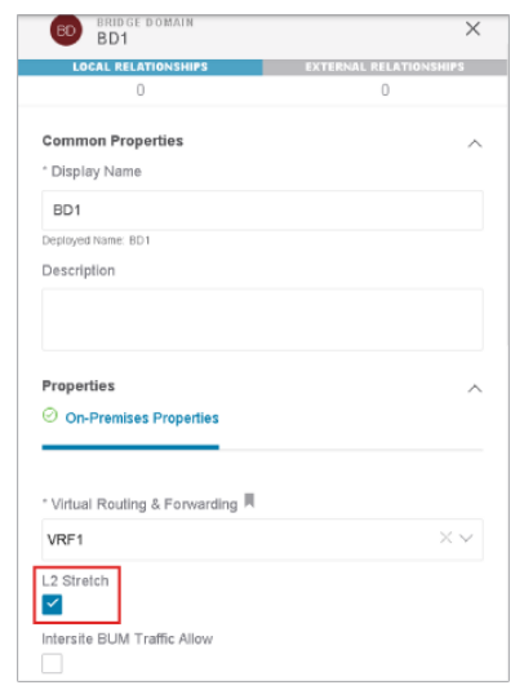EMAIL SUPPORT
dclessons@dclessons.comLOCATION
USMultiSite Packet Flow between Sites
The ACI MultiSite deployment uses different overlay control and data plane functionalities for connecting endpoints that are deployed across different sites. MP-BGP EVPN is used as a control plane between spine switches for exchanging host information for discovered endpoints that are part of separate fabrics to allow east-west communication between these endpoints. After endpoint information is exchanged across sites, the VXLAN data plane is used to allow intersite Layer 2 and Layer 3 communication.
MultiSite Overlay Control Plane
The endpoint information is shared across sites only when the NDO configuration indicates that the endpoints need to communicate with the other site. For instance, the endpoint belongs to the EPG that is stretched across sites, or the endpoint belongs to the non-stretched EPG with a contract that allows the communication to the EPG on another site. In such scenarios, the endpoints with IP addresses are shared across sites via MP-BGP EVPN. However, the endpoints without IP addresses (such as a Layer 2 endpoint that only has a MAC address) are not shared until Layer 2 STRETCH is enabled on the NDO.

The following shows the detailed steps of how MP-BGP EVPN is used to share such endpoint information across sites:

The overlay control plane events for the exchange of host information across sites follow this sequence:
-
Endpoints EP1 and EP2 connect to separate Sites 1 and 2.
-
The endpoints are locally learned by the leaf node in their sites, and the leaf nodes originate a COOP control-plane message for endpoint information to the spine nodes.
-
Spine nodes in both sites learn about the locally connected endpoints at the leaf nodes. Still, this information is not yet exchanged across sites for EP1 and EP2 EPGs because there is no policy in place that allows communication between them.
-
An intersite policy is defined in the Cisco MultiSite Orchestrator, which is pushed and rendered in the two sites.
-
The intersite policy triggers Type-2 EVPN updates across sites to exchange EP1 and EP2 host route information, which is always associated with the O-UTEP address that identifies their site. Thus, when you move an endpoint in a site between leaf nodes, the spine nodes will not generate additional EVPN updates, until the endpoint is migrated to a different site.
The received MP-BGP EVPN information is synced (via COOP) with the other local spine nodes that are not BGP intersite peers.
MultiSite Overlay Data Plane
Cisco ACI MultiSite enables proper handling of BUM traffic between sites. It also enables intrasubnet unicast and intersubnet unicast communication between sites.
BUM Traffic Between Sites
The deployment of VXLAN tunnels between the endpoints in different sites creates a logical abstraction over the ISN, which can have multiple Layer 3 hops, so they can communicate as they are part of the same logical Layer 2 domain. Thus, those endpoints can send Layer 2 BUM frames between sites to other endpoints connected to the same Layer 2 segment, regardless of their actual physical location.





LEAVE A COMMENT
Please login here to comment.